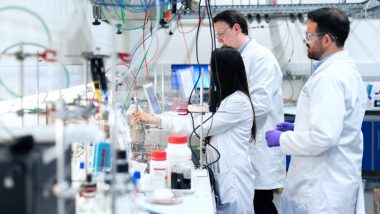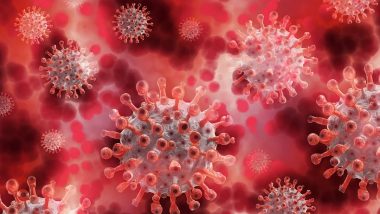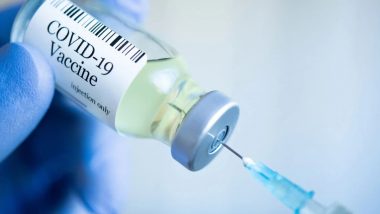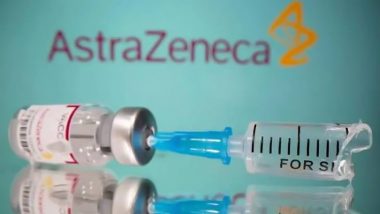Millions of people have died because of the unavailability of vaccines during past epidemics and pandemics, when developing a vaccine used to take years. Take the example of the Spanish Influenza pandemic of 1918-19. Worldwide, as many as forty million people died as this virulent illness swept through city after city (some estimates put total deaths closer to seventy million). Between 1951-1954, an average of 16,316 paralytic polio cases and 1879 deaths from polio were reported each year. Polio incidence declined sharply following the introduction of a vaccine. The advancements in bioscience have tremendously reduced the development time, so that designing a vaccine in many cases has today become a matter of just a few weeks. For example, Moderna Inc. developed its mRNA COVID-19 candidate vaccine and had it ready to enter the initial stage safety testing in humans in less than ten weeks after the genetic sequence of SARS-CoV-2 was released on January 11, 2020.
In the current pandemic of COVID-19, big health agencies and research institutions are racing to design an effective vaccine. Despite developing vaccine candidates which show huge potential, the government and the pharma industry scientists face a different scientific challenge at later stage, where they must manufacture the vaccine in massive scale for a huge population. The more complex the nature of the vaccine is, the more difficult it becomes to scale up the production and deliver it to the masses in a safe and effective form.
The pharmaceutical companies like GlaxoSmithKline and Novavax are going through the route of a recombinant protein vaccine, which is proven to be more efficient in the past while developing the vaccines used for HPV and Hepatitis B. But even this traditional approach comes with several inherent scale-up challenges. Therefore, developing and implementing strategies for mass production in the very early stages is critical in this pandemic era.
Microbial systems (bacteria like E. coli, Pichia etc.) are more commonly used to produce many of the recombinant vaccines. Bacterial expression systems are mostly used due to the ease of handling and for their capacity for high-level expression. But designing the bacteria to produce high amounts of vaccine proteins are often not easy.
“During large-scale production microbes can realize that a protein of unknown origin is being produced using their cellular resources, and they try to stop investing the resources for this process. In science, we call this the cellular stress response, which is one of the major reasons why microbes produce a very little quantity of vaccine. And thus, in most industries, the microbes are grown in large volumes of one hundred to thousands of liters to obtain enough vaccines, which leads to higher cost and time of production,” says Dr. Ashish Sharma, a scientist in the USA whose research is focused on engineering microbes to fix the issue of lower recombinant vaccine production. During his PhD at Jawaharlal Nehru University in India, Dr. Sharma developed novel techniques to identify key genes which play major parts in limiting the amount of foreign protein production inside the bacteria. Along with Dr. K.J. Mukherjee, Principle Investigator (retired professor) and Ex-Dean of School of Biotechnology of JNU, Dr. Sharma was able to scale up the production of asparaginase, a common cancer drug, up to 300% in a laboratory set-up.
Dr. M. Popovic from Beuth University of Applied Sciences, Germany and his collaborators in the USA cited “These insights in the metabolic functions are very helpful tools to overcome metabolic bottlenecks and improve feeding strategies for enhanced productivity and product quality during HDC (high cell density culture) processes” in their article “High-density Cultivation in the Production of Microbial Products”
The current situation has approximately 250,000 global deaths and almost five million reported cases, the developmental work underway is critical in getting this pandemic under control. As such, governmental and industry funding and cooperation are paramount to top off the curve and contain COVID-19. USA has launched Operation Warp Speed for rapid vaccine development, and researcher John Bell from Oxford University, who leads the project, predicts “we’re pretty sure we’ll get a signal by June about whether this works or not.”













 Quickly
Quickly





















